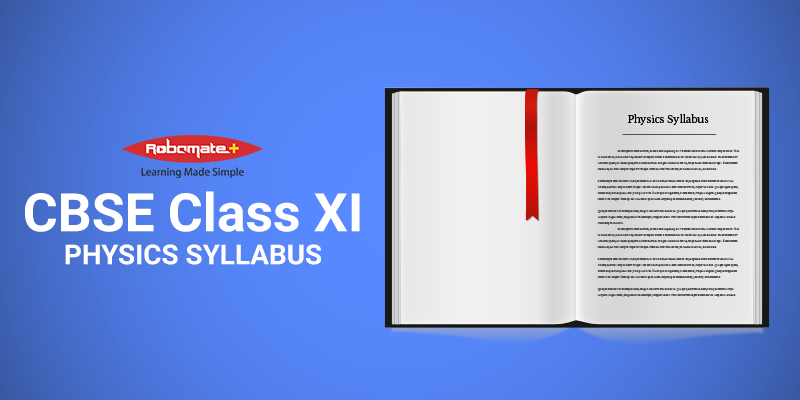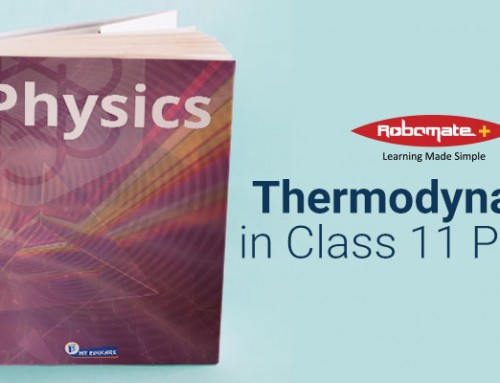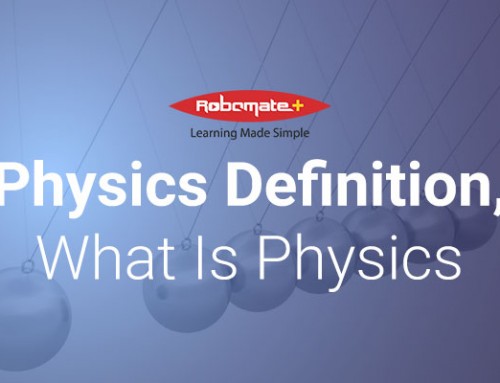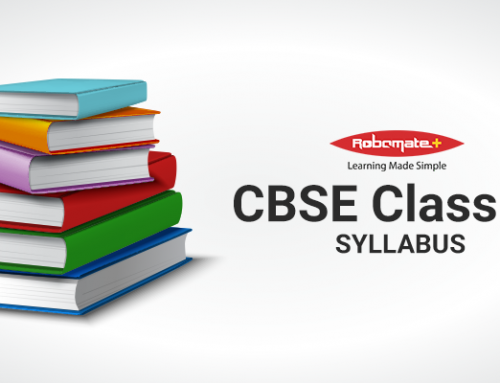Central Board of Secondary Education (CBSE) works towards improving the education standards, conceptualizing policies and their operational planning. CBSE provides academic guidelines and syllabus to all the affiliated schools. The syllabus designed by the board is easy for the students and at the same time it helps in building strong foundation for higher classes and hence higher education. If the student is thorough with CBSE Class 11 Physics Syllabus he or she can confidently appear for competitive boards. The syllabus provided online covers all the topics and is prepared by extensive study. The syllabus provides adequate information to understand the topics listed.
Here we list the chapters of Class XI Physics
- Physical World
- Work, Energy and Power
- Thermal Properties of Matter
- Units and Measurement
- System of Particles and Rotational Motion
- Thermodynamics
- Motion in a Straight Line
- Motion in a Plane
- Kinetic Theory
- Gravitation
- Laws of Motion
- Oscillation
- Mechanical Properties of Solids
- Waves
- Mechanical Properties of Fluids
Chapters in Physics
Physical World
1.1 What is Physics?
1.2 Scope and excitement of Physics
1.3 Physics technology and society
1.4 Fundamental forces in nature
1.5 Nature of Physical laws
Units and Measurement
2.1 Introduction to International system of units
2.2 Measurement of length
2.3 Measurement of mass
2.4 Measurement of time
2.5 Accuracy and precision of measurements and errors in measurement
2.6 Absolute error, relative error and percentage error
2.7 Combination of errors
2.8 Significant figures
2.9 Dimension of physical quantity, dimension formula and equation
2.10 Dimensional analysis and application
Motion in a Straight Line
3.1 Position, path length and displacement
3.2 Average velocity and average speed
3.3 Instantaneous velocity and speed
3.4 Acceleration
3.5 Uniformly accelerated motion
3.6 Relative velocity
Motion in A Plane
D.1 Scalars and Vectors
D.2 Position and displacement vectors
D.3 Equality of vectors
D.4 Multiplication of vector by real number
D.5 Addition and subtraction of vector: graphical method
D.6 Resolution of vectors
D.7 Vector addition- analytical method
D.8 Vector and scalar product
D.9 Motion in a plane with constant acceleration
D.10 Relative velocity in two dimension
D.11 Projectile motion
D.12 Uniform circular motion
Laws of Motion
E.1 Aristotle Fallacy
E.2 Law of inertia
E.3 Newton’s first law of motion
E.4 Newton’s second law of motion and momentum
E.5 Newton’s third law of motion
E.6 Conservation of momentum
E.7 Equilibrium of a particle
E.8 Static and kinetic friction
E.9 Law of friction
E.10 Rolling friction
E.11 Circular motion
E.12 Solving problems in mechanics
Work, Energy and Power
F.1 The Scalar product
F.2 Work
F.3 Kinetic energy
F.4 Work done by a variable force
F.5 Work energy theorem for variable force
F.6 Concept of potential energy
F.7 Conservation of mechanical energy
F.8 Vertical circular motion
F.9 Potential energy of spring
F.10 Various forms of energy
F.11 Law of conservation of energy
F.12 Power
F.13 Collisions: In one dimension and two dimension (elastic and non elastic)
System of Particles and Rotational Motion
G.1 What kind of a motion can a rigid body have
G.2 Center of mass
G.3 Motion of center of mass
G.4 Linear momentum of system of particle
G.5 Vector product of two vectors
G.6 Angular velocity and its relation with linear velocity
G.7 Torque
G.8 Angular momentum
G.9 Torque and angular momentum of system, law of conservation of angular momentum
G.10 Equilibrium of rigid body
G.11 Moment of inertia
G.12 Theorems of perpendicular and parallel axes
G.13 Kinematics of rotational motion around a fixed axis
G.14 Dynamics of rotational motion about a fixed axis
G.15 Angular momentum in case of rotation about fixed axis
G.16 Rolling motion
Gravitation
H.1 Kepler’s law
H.2 Universal law of gravitation
H.3 The gravitational constant
H.4 Acceleration due to gravity of earth
H.5 Acceleration due to gravity above and below the earths surface
H.6 Gravitational potential energy
H.7 Escape speed
H.8 Earth satellite
H.9 Energy of an orbiting satellite
H.10 Weightlessness
Mechanical Properties of Solids
I.1 Elastic behavior of solids
I.2 Stress and strain
I.3 Hooke’s law and the stress strain curve
I.4 Elastic moduli: Young’s modulus
I.5 Shear modulus
I.6 Bulk modulus
I.7 Elastic energy
I.8 Application of elastic behavior of materials
Mechanical Properties of Fluids
J.1 Pressure
J.2 Pascal’s law, variation of pressure with depth
J.3 Atmospheric pressure and Gauge pressure
J.4 Hydraulic machines
J.5 Streamline flow
J.6 Bernouli’s principle
J.7 Speed of efflux, Venturimeter
J.8 Dynamic lift
J.9 Viscosity
J.10 Reynold’s number
J.11 Surface tension
J.12 Surface energy
J.13 Pressure in drop and bubbles, Capillary rise
J.14 Detergents and surface tension
Thermal Properties of Matter
K.1 Temperature and heat
K.2 Measurement of temperature
K.3 Ideal gas equation and absolute temperature
K.4 Thermal expansion
K.5 Specific heat capacity
K.6 Calorimetry
K.7 Change of state: boiling point
K.8 Change of state: melting point
K.9 Latent heat
K.10 Heat transfer: Conduction
K.11 Convection
K.12 Radiation
K.13 Black Body and Black Body Radiation
K.14 Black Body Radiation – Wein’s displacement Law
K.15 Black Body Radiation: Stefan Boltzmann law
K.16 Newton’s law of cooling
L.1 Thermal equilibrium and Zeroth law of thermodynamics
L.2 Heat, energy and work
L.3 First law of thermodynamics
L.4 Thermodynamic state variable and equation of state
L.5 Thermodynamic process
L.6 Heat engines
L.7 Refrigerator and heat pump
L.8 Second law of thermodynamics
L.9 Reversible and irreversible processes
L.10 Carnot’s engine
Kinetic Theory
M.1 Molecular nature of matter
M.2 Behavior of gases
M.3 Kinetic theory of gases: Assumptions
M.4 Kinetic theory of an ideal gas: Pressure of an ideal gas
M.5 Kinetic interpretation of temperature
M.6 Law of equi-partition of energy
M.7 Avogadro’s constant
M.8 Mean free path
Oscillation
N.1 Periodic and oscillatory motion
N.2 Simple harmonic motion
N.3 Simple harmonic motion and uniform circular motion
N.4 Velocity and acceleration in simple harmonic motion
N.5 Force law for simple harmonic motion
N.6 Energy in simple harmonic motion
N.7 Some systems executing simple harmonic motion: oscillation due to spring
N.8 The simple pendulum
N.9 Damped simple harmonic motion
N.10 Forced oscillation and resonance
Waves
O.1 Transverse and longitudinal waves
O.2 Displacement relation in a progressive wave
O.3 Period angular frequency and frequency
O.4 Speed of travelling wave
O.5 Principle of superposition of waves
O.6 Reflection of waves
O.7 Standing waves and normal modes
O.8 Beats
O.9 Doppler effect










